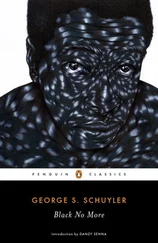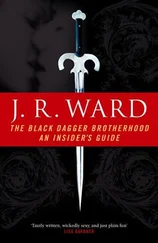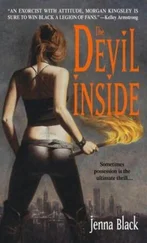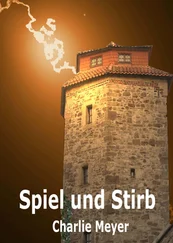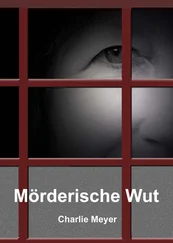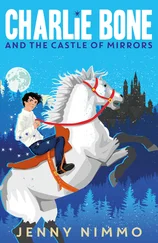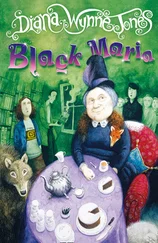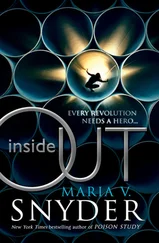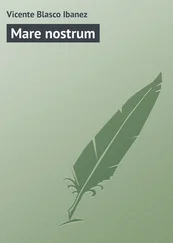Charlie Brooker:The Nathan Barley process was really pleasant, but tortuously long. Literally, we were talking about Nathan Barley pre-9/11. One of our many ideas was the launch of an animated candidate MP, along the lines of the band Gorillaz. That struck us as an annoyingly plausible thing to happen. And then there was the notion that you could then roll that out around the world and just have competing avatars that you vote for and nothing would ever change. Then we wondered how the fuck we’d do that as a Nathan Barley episode and it never happened.
Annabel Jones: The Waldo Moment was then also influenced by the rise of the Mayor of London, Boris Johnson.
Charlie Brooker:It was that whole notion of cartoon Boris. He goes on some TV panel show like Have I Got News for You and everyone thinks he’s a legend.
Annabel Jones:And it doesn’t matter what Boris says, as long as he’s entertaining. We’ll forgive you anything if you make us laugh.

The virtual cat, Ratz, from BBC1’s flagship Saturday morning children’s programme Live & Kicking , who provided inspiration for Waldo. On screen here with John Barrowman.
Bryn Higgins (director):Not too far in the future, there probably will be cartoons in actual political campaigns. The whole thing has become so stage-managed. In terms of the tone, this episode’s comedy was always implicit, so it was never a case of wanting to ramp that up, or you’d over-play your hand. So we tried to shoot it as a fairly slick modern thriller.
Charlie Brooker:We were keen for this one to not feel like sci-fi, so Jamie puppeteering the digital Waldo is not massively beyond what’s possible. I’d remembered the first series of the BBC’s Saturday morning kids’ show Live & Kicking , in which the disembodied head of a cat hovered on a screen and spoke in real time: “Hello Boyzone, how are you today?” or whatever. So I incorporated that idea too.
Byron Broadbent (co-production designer):Early on, we knew that we wanted Waldo to be puppeteered live on set, so as to have the character naturally reacting live with the actors, instead of inserting him in post production. There was a lot of work in prep to design Waldo at [the design studio] Painting Practice, which had to be signed off months before the shoot began.
Russell McLean (then animation producer, Passion Pictures):Darren Walsh and I, along with our VFX supervisor Neil Riley, had developed a CG-animated meerkat character called Aleksandr for a series of commercials which had become a massive hit in the UK. We had digitally puppeteered the meerkat, so he could ‘speak’ at events. Around that time, Joel Collins got in touch and asked whether we could animate Waldo. It was close to the wire, but we managed to get it all working in time and have all of Waldo’s performances live in camera.
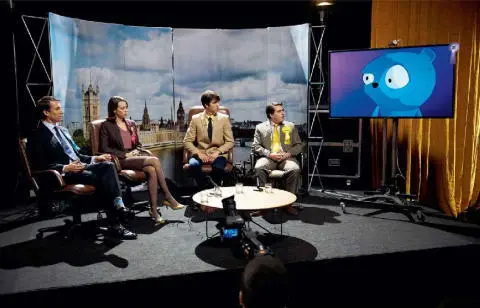
Bryn Higgins:Before, all of Waldo’s scenes would’ve had to be bluescreen, and all the animations and timing would’ve been affected by that. But this amazing moment had come, where the technology was just good enough that you could do live animation.
Joel Collins (series production designer):The puppeteers used a rig called a Waldo rig, which Charlie named the character after. This rig goes around your head, picks up on all your emotions and facial movements and then replicates them live in a 3D character. It was ground-breaking technology.
Justin Hutchinson-Chatburn (VFX supervisor):In the end, the technical solution also became the ‘behind the scenes’ rig seen on screen.
‘Waldo’s not real, but he’s more real than all the others’
– Jack
Bryn Higgins:Daniel [Daniel Rigby, who played Jamie] was never fully controlling Waldo. He was using the actual puppeteers’ equipment, but it took four very experienced puppeteers, who’d done stuff like The Muppets . One guy did Waldo’s eyes, another did the mouth. Someone did his body, and someone else had all the rest. Occasionally, the eyes would argue with the mouth! And every now and then, Waldo would go wrong, which was quite funny too. There was a huge amount of data flowing around – it was a complex piece of CGI.
Joel Collins:That tech brought a kind of immediacy and reality, in much the same way as when we ran the screens live in Fifteen Million Merits . Waldo was clunky, but that was part of it. The weirdest thing is, we could’ve made it way more slick, but Charlie actually wanted it clunky, to go along with the tone. That was difficult for me, when you’re downgrading it for the story!
Charlie Brooker:Waldo needed to have a PlayStation 3 level of complexity, in terms of polygons and stuff. If he’d looked too Dreamworks, or too Pixar and polished, I thought you wouldn’t believe that Jamie could actually operate him live. So it’s not that we couldn’t do better: if you look at the gopher in Playtest , for instance, that’s a very sophisticated CGI character. But Waldo’s a Sonic the Hedgehog sort of graphic.
Bryn Higgins:Finding the voice of Waldo was quite hard. There was a concern that, if he became too much of an aggressive assassin, he wouldn’t be very appealing to people. Again, Ali G was referenced quite a lot.
We took the Waldo van to High Wycombe, which we used as a traditional, provincial English town. Members of the public started turning up and they actually quite got into Waldo. They responded to the live animation quite a lot.
I had a funny discussion with our producer Barney Reisz about the scene in which Waldo’s knob is supposed to appear. Barney rightly questioned whether we could do that in public. We didn’t have control of the space, and there might have been children around. So we started having these conversations: “But it’s just a blue animated knob – does that count?”
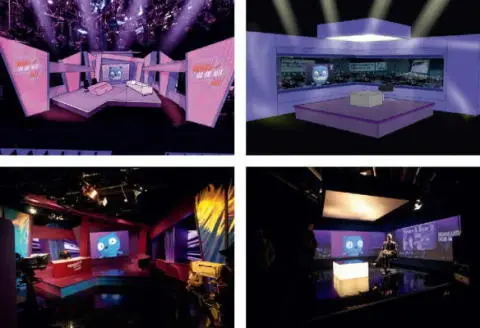
The sets for the newsroom and both TV studios were developed by series production designer Joel Collins and co-designer Byron Broadbent.

The puppeteers operating Waldo during a live animation sequence.
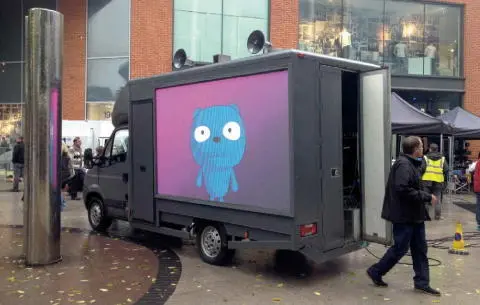
Barney Reisz (producer):We erred on the side of caution and spared the good people of High Wycombe the spectacle of Waldo’s full glory.
Charlie Brooker:I now feel like I’ve been way too down on this episode! Any issues that I think are there exist purely at script level. Everyone else did a really good job, and there are a lot of very powerful moments. The whole Question Time panel scene is really strong, where Liam Monroe, played by Tobias Menzies, has done some research and he turns the tables on Jamie.
Annabel Jones:Again, we tried not to demonise politicians or make them one-dimensional. Liam Monroe knows he’s the Tory on this panel and not there to be loved, but there is a conviction in him when he asks what Waldo actually has to offer.
Читать дальше






